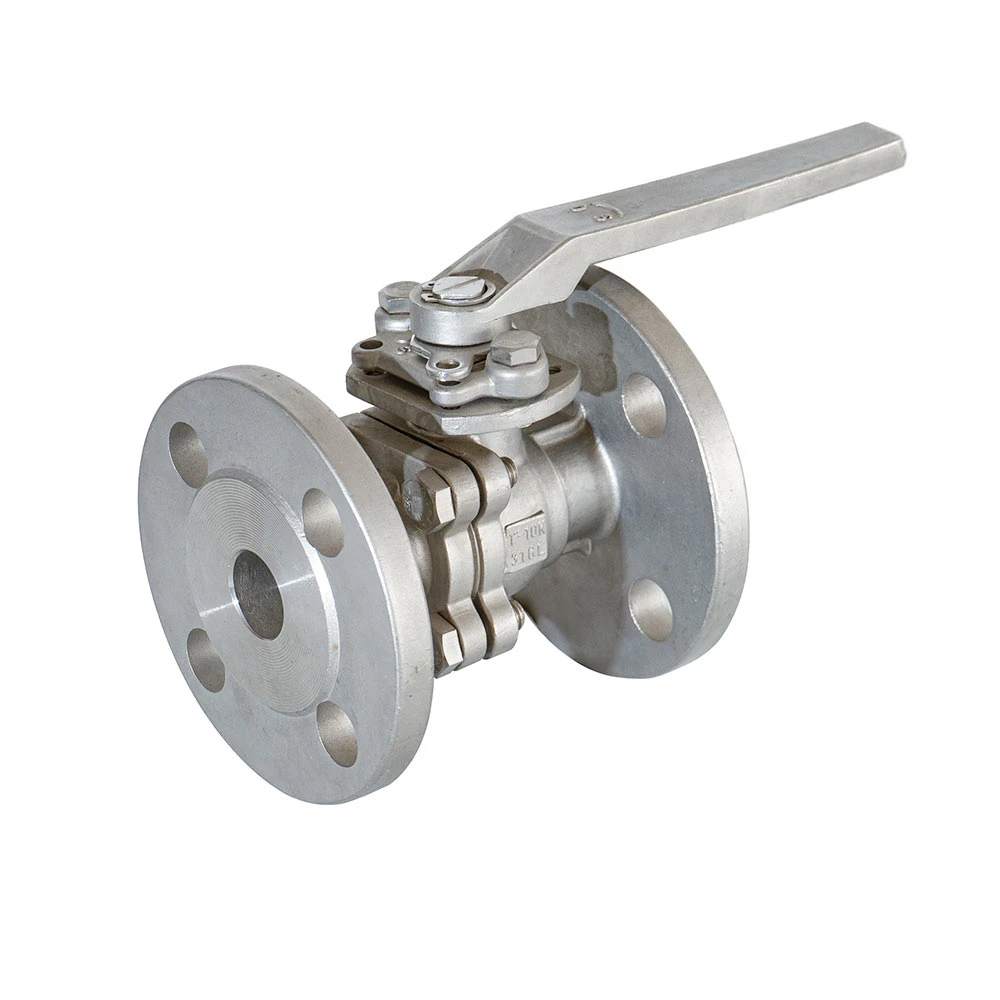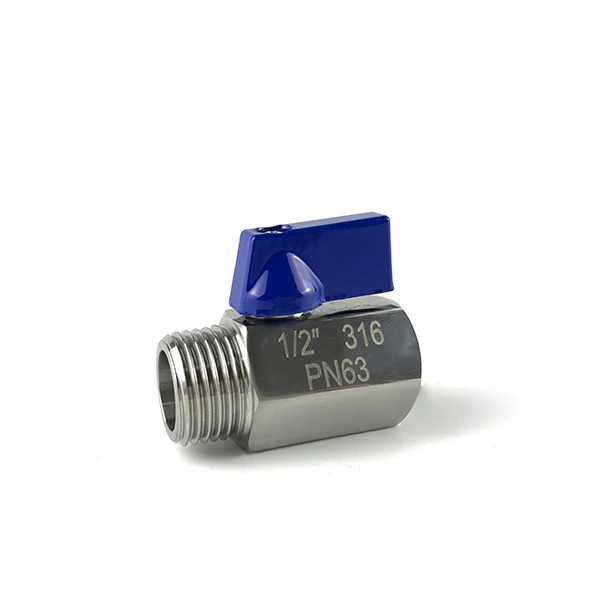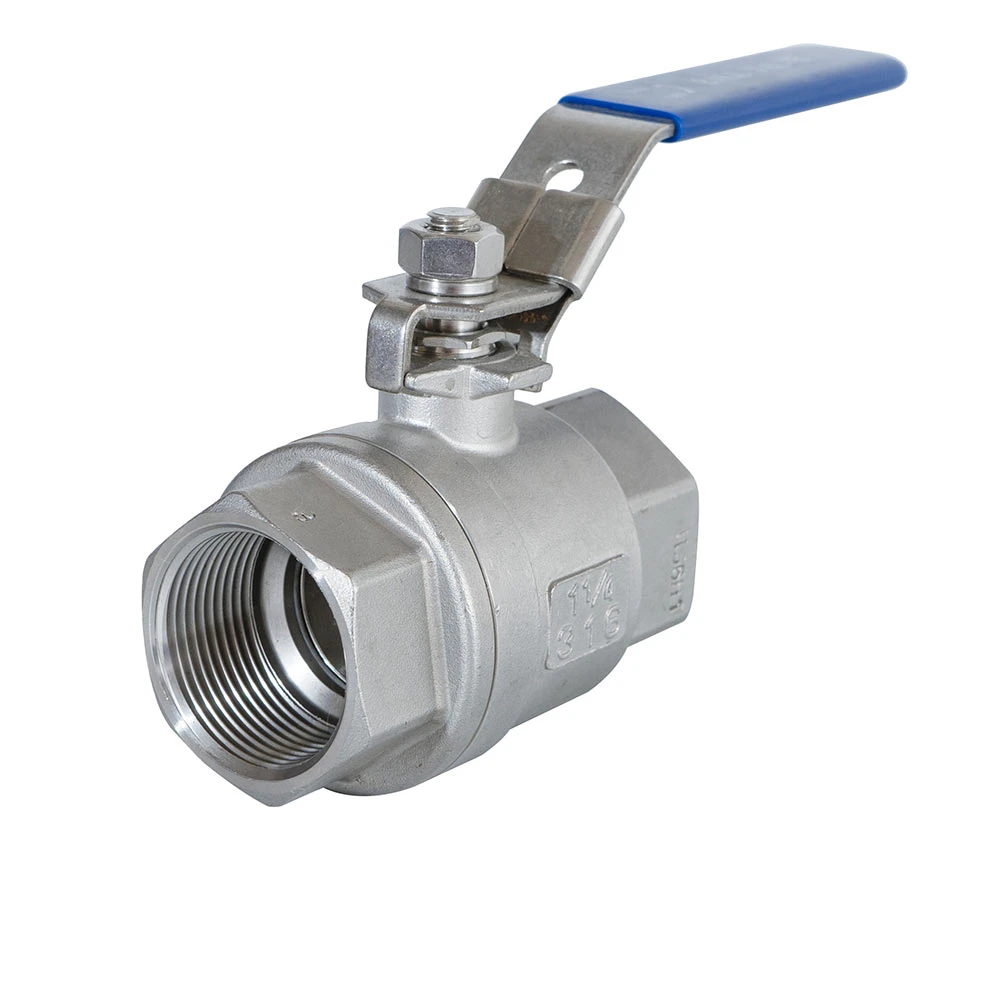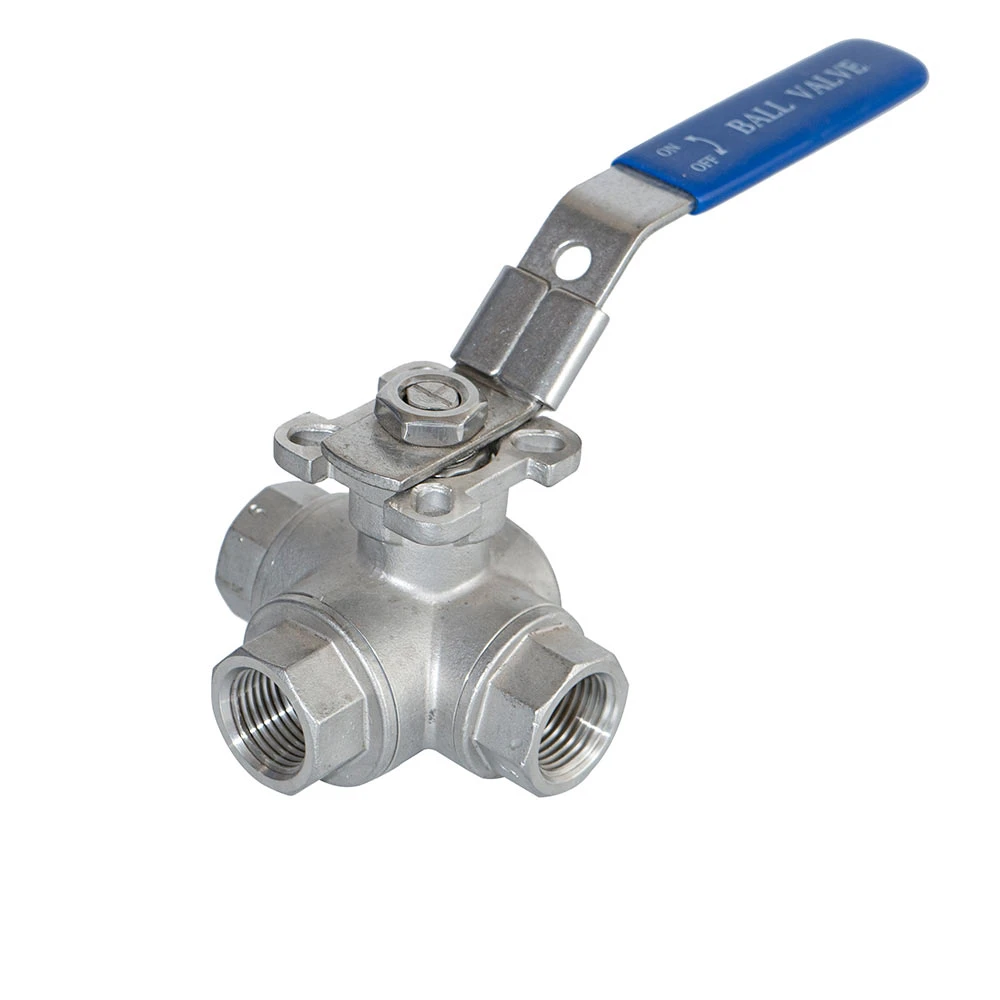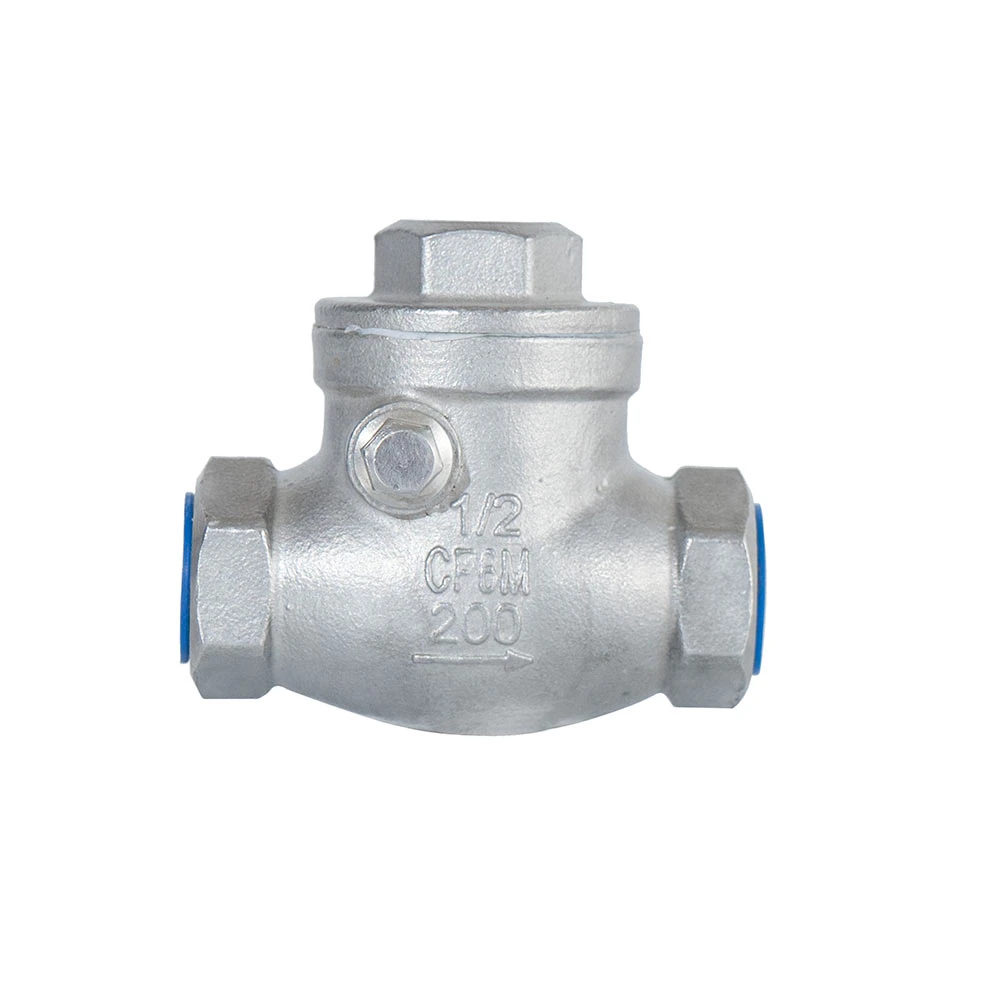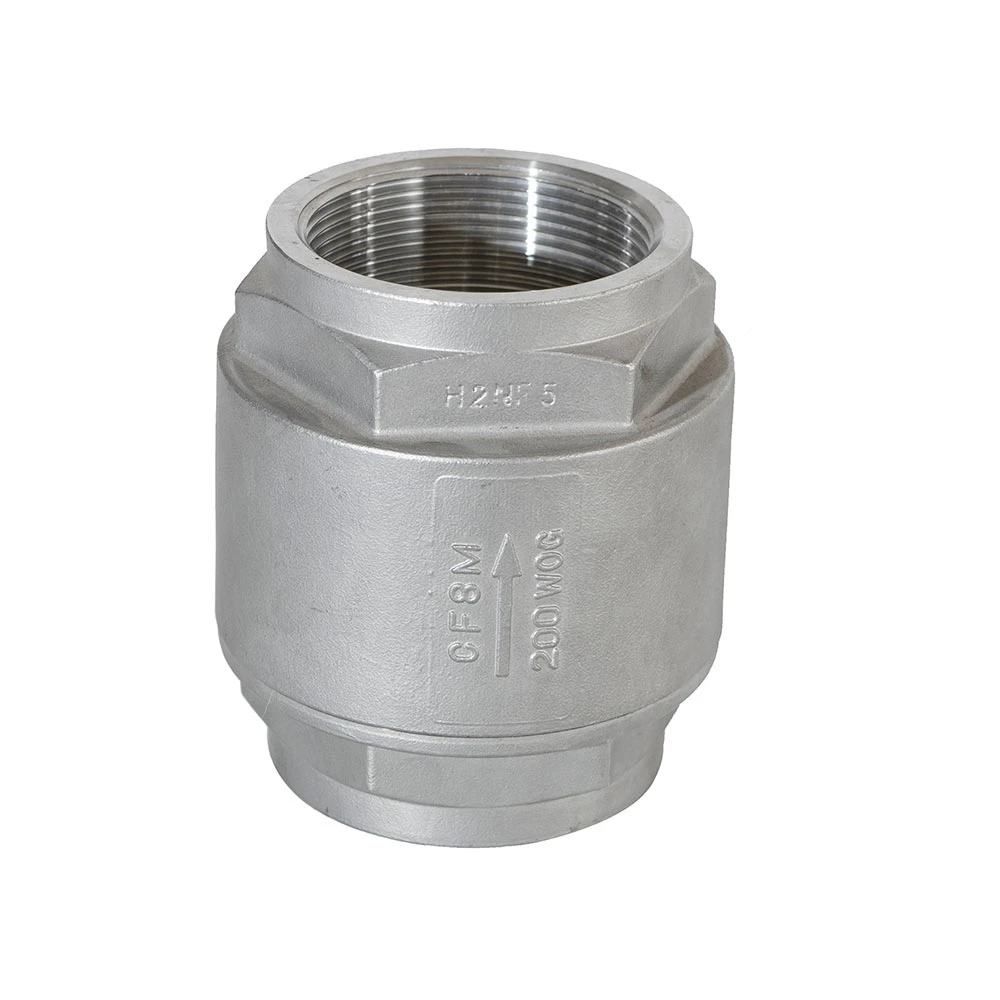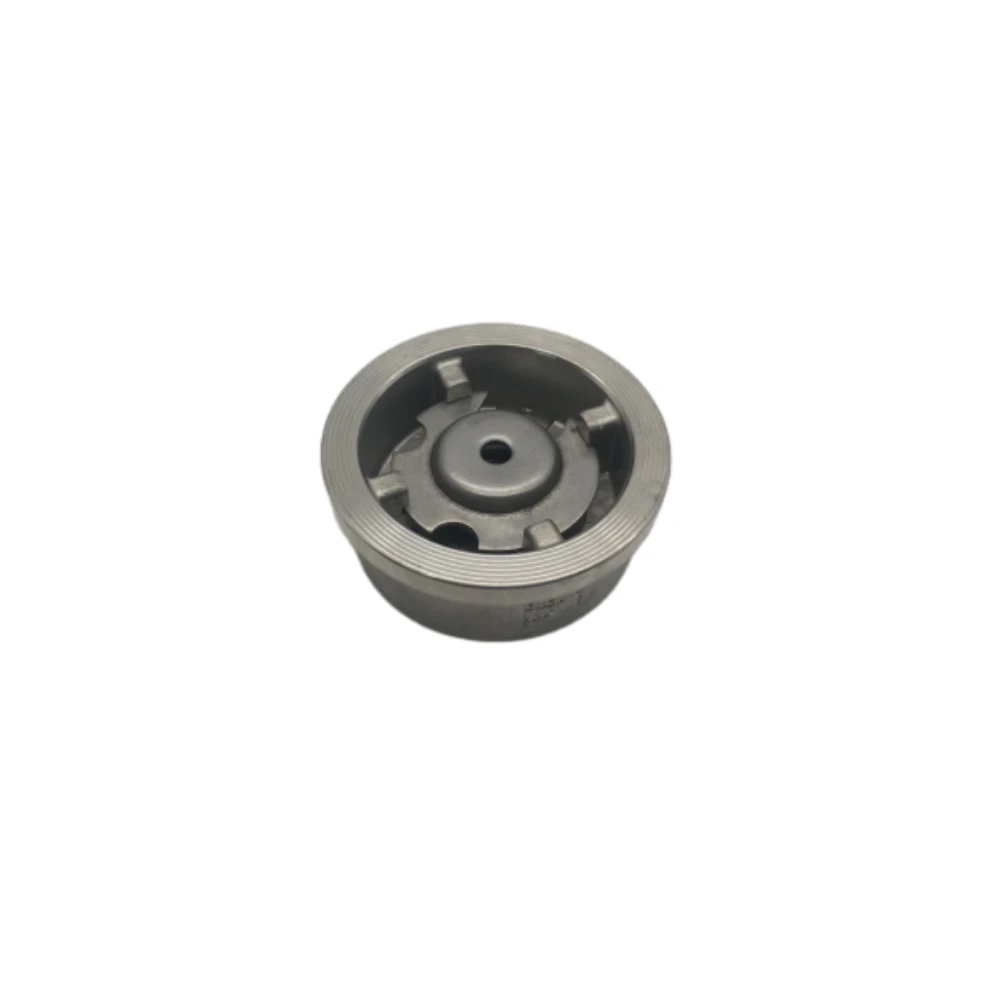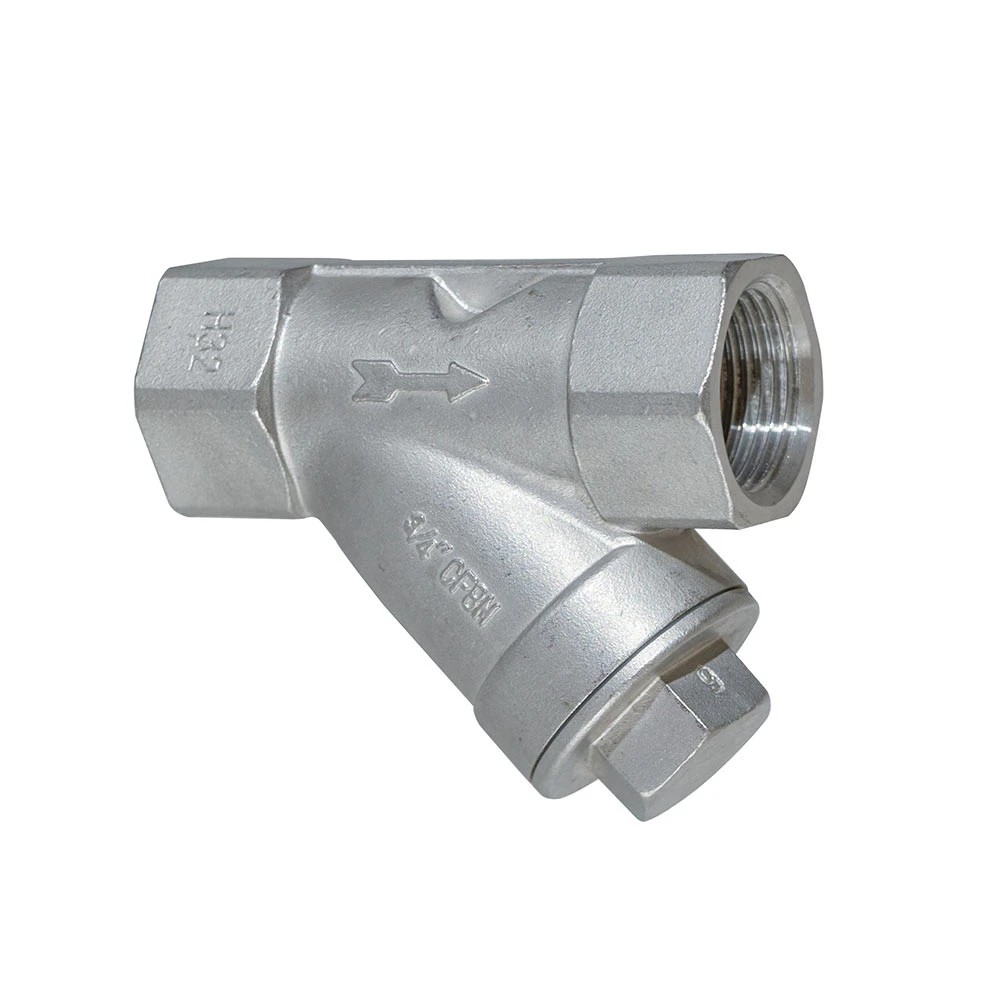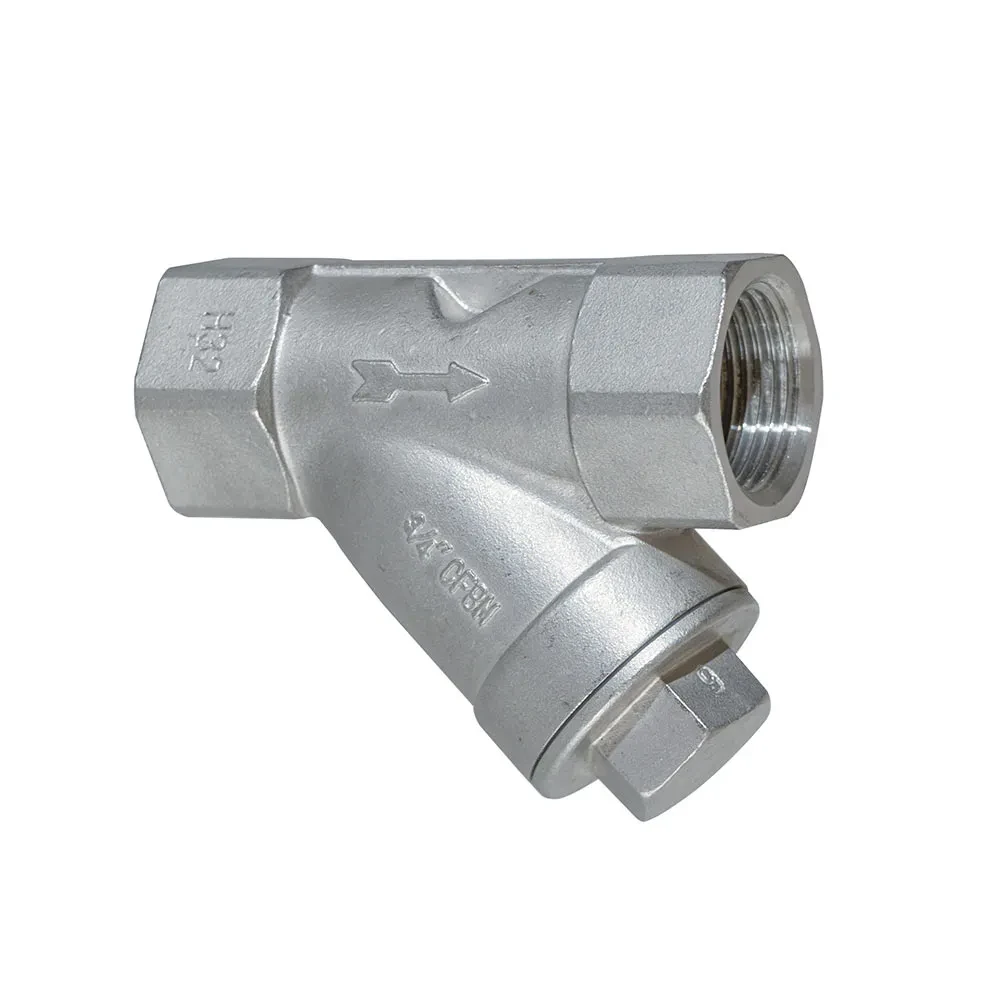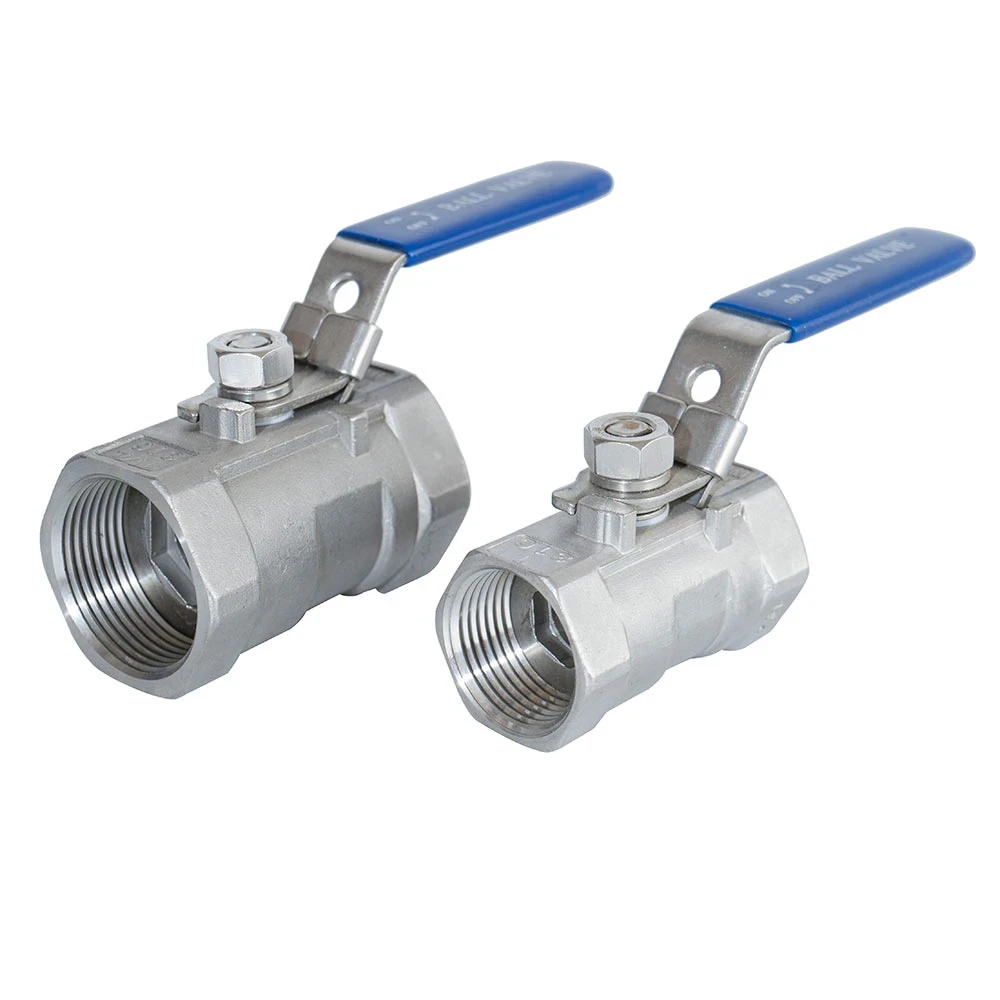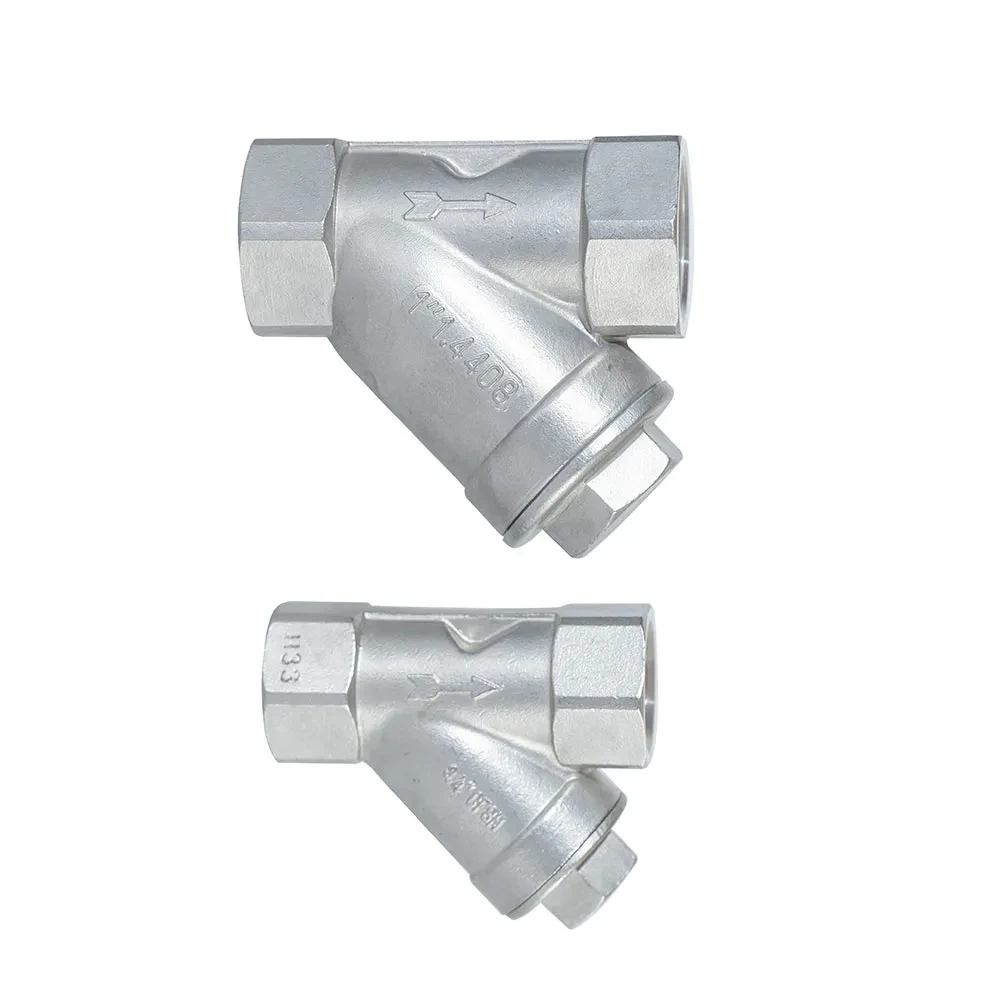- Introduction: The Role and Importance of Stainless Steel Gas Valve
- Technical Advantages and Innovations
- Manufacturer Comparison and Market Data
- Customization Options and Solutions
- Applications Across the Oil and Gas Industry
- Real-World Case Studies and Performance Analysis
- Conclusion and Future Trends in Stainless Steel Gas Valve Technology

(stainless steel gas valve)
Introduction: The Role and Importance of Stainless Steel Gas Valve
Stainless steel gas valves have become integral components in modern pipeline systems, particularly within the oil and gas sector. The increase in energy demands and stringent safety requirements have propelled the adoption of advanced valve technologies. Among these, the stainless steel gas valve
stands out for its superior resistance to corrosion, mechanical durability, and ability to operate under harsh environmental conditions. Data from the Global Industrial Valves Market Report 2023 highlights that stainless steel valves represent over 35% of new installations in chemically aggressive or high-pressure scenarios, a testament to their critical role.
The unique material properties of stainless steel ensure long-term reliability and safety, especially for controlling volatile gases. This leads to fewer maintenance shutdowns and greater operational continuity. For instance, a typical 2-inch stainless steel ball valve can handle pressure ratings up to 1,000 psi and temperatures as high as 400°F, making it suitable for upstream and downstream applications.
Technical Advantages and Innovations
Advancements in valve technology have further enhanced the performance of stainless steel gas valves. One significant advantage is their exceptional resistance to hydrogen embrittlement, an issue prevalent in traditional carbon steel valves. This property mitigates the risk of failure in hydrogen-rich environments often encountered in oil and gas fields.
In terms of flow control, the precision engineering in the ball valve oil and gas segment ensures minimal leakage rates. High-quality PTFE and graphite seals, along with triple-sealing stem designs, guarantee leak-tight performance even after thousands of open-close cycles. According to American Petroleum Institute (API) test protocols, premium stainless steel gas valves demonstrate less than 0.01% leak rate over extended operation periods.
Smart valve integration is another technical leap. Actuator-ready stainless steel 2 inch ball valves are designed for seamless automation, supporting both analog and digital control protocols (such as HART and Modbus). This not only enables real-time monitoring but also predictive maintenance scheduling based on valve performance data, enhancing plant efficiency.
Manufacturer Comparison and Market Data
The global market for stainless steel gas valves is populated by several key manufacturers, each offering unique product portfolios, certifications, and customization capabilities. Selecting a suitable vendor often requires balancing technical specifications, price, and post-sales service. Below is a comparative table featuring industry leaders:
| Manufacturer | Flagship Product | Materials Offered | Pressure Rating (max) | Certifications | Lead Time (weeks) | Warranty (years) |
|---|---|---|---|---|---|---|
| Emerson | Fisher A31A Stainless Ball Valve | 316/304 Stainless Steel | 1,500 psi | API 6D, ISO 9001, SIL 3 | 6 | 3 |
| Velan | S-70 Series | 316L, Duplex SS | 2,000 psi | API 6D, NACE MR0175 | 8 | 5 |
| Kitz | Kitz 150 SS Ball Valve | CF8M, CF3M | 1,000 psi | API 607 Firesafe, ISO 15848 | 5 | 2 |
| Bonney Forge | Full Port Series | 316/316L SS | 1,500 psi | API 6A, PED, CE | 7 | 2 |
| Flowserve | Atomac AKH2 | Alloy 20, Stainless Steel | 1,200 psi | API 607, ISO 9001 | 6 | 3 |
Analysis of the table reveals that while Velan offers the highest pressure rating and longest warranty, Emerson provides broader industry certifications and faster lead times. The choice therefore depends on specific application priorities, such as pressure, compliance, or delivery requirements.
Customization Options and Solutions
Industry clients increasingly demand flexible and tailored gas valve solutions to meet unique pipeline configurations and fluid characteristics. Stainless steel gas valve manufacturers offer a suite of customization services, including:
- Dimension Customization: Valve bodies, end connections (flanged, threaded, welded) tailored to specific piping systems. Stainless steel 2 inch ball valve models are routinely adapted to accommodate ANSI, DIN, or JIS standards.
- Seal Material Upgrades: For highly corrosive or high-temperature operations, seat and seal materials can be upgraded to PTFE, PEEK, or metal-to-metal, enhancing longevity and operational reliability.
- Smart Automation: Integration of electric or pneumatic actuators for remote control, with options for explosion-proof enclosures, limit switches, and feedback mechanisms.
- Pressure and Temperature Ratings: Special designs for cryogenic or high-pressure service, including double-block-and-bleed functionalities and fire-safe features.
- Surface Treatments: Electropolishing, passivation, or coating for ultra-clean or aggressive chemical processes.
Leveraging these customization options results in optimal system integration, reduced long-term costs, and greater overall plant efficiency. It is not uncommon for a bespoke solution to deliver 10-20% more operational uptime compared to standard off-the-shelf valves.
Applications Across the Oil and Gas Industry
Stainless steel valves, especially ball valve oil and gas types, serve pivotal roles throughout the energy supply chain — spanning extraction, refining, distribution, and end-user delivery. Their corrosion resistance and robust design make them the default choice for handling sour gas (high H2S content), aggressive chemicals, and fluctuating pressures.
In upstream operations, 2-inch ball valves are favored for wellhead assemblies and manifold systems, where space constraints and high cycling rates demand compact yet durable solutions. Downstream, these valves regulate process gases, manage tank transitions, and safeguard critical shutoff points. Data indicates that in 2023, over 60% of gas processing plants have transitioned to stainless solutions for critical nodes, directly reducing unscheduled downtime by more than 12%.
Additionally, LNG terminals and cross-country pipelines implement stainless steel gas valves for both safety and operational flexibility. Multi-turn automation, pressure balancing, and anti-static designs address stringent international safety codes, further fueling widespread adoption.
Real-World Case Studies and Performance Analysis
The value proposition of advanced stainless steel gas valve technology is best demonstrated through real-world deployments and performance benchmarks. Consider the following examples:
Case 1: Offshore Gas Platform in the North Sea
Faced with extreme salinity and temperatures fluctuating between -20°C and +40°C, this installation adopted duplex stainless steel ball valve oil and gas solutions throughout its riser systems. This resulted in a 25% reduction in scheduled maintenance visits and unprecedented five-year uninterrupted valve operation.
Case 2: Southeast Asian LNG Plant
Here, customized stainless steel 2 inch ball valve assemblies featuring V-ring stem packing and PTFE seats were deployed. Automated controls reduced manual intervention by 60%, while stringent leak rate testing yielded a 99.97% success rate throughout the first three years of continuous service.
Case 3: Pipeline Compressor Station, United States
A major operator replaced legacy carbon steel valves with certified stainless steel gas valves across 45 critical shutoff points. Over a two-year monitoring period, valve failure rates dropped to below 0.3% (compared to 5.2% previously), with Mean Time Between Failure (MTBF) improved by 900 days.
Such performance outcomes, corroborated by field data and annual maintenance reports, validate the material upgrade as a prudent long-term investment despite higher initial outlay.
Conclusion and Future Trends in Stainless Steel Gas Valve Technology
The stainless steel gas valve market is set to experience sustained growth, driven by global infrastructure expansion, stricter environmental standards, and the worldwide transition to cleaner energy sources. Innovations such as real-time diagnostics, data-driven predictive maintenance, additive manufacturing for custom alloys, and eco-friendly production processes will further elevate product value.
By balancing cost, technical performance, and customization, specifiers can select valves that safeguard critical assets and ensure regulatory compliance in ever-demanding operating environments. The continuous evolution of stainless steel gas valve technology will introduce even more sophisticated automation and self-healing material systems, setting new benchmarks in the pipeline, petrochemical, and energy industries over the coming decade.
The cumulative effect is clear: as production complexity rises, so does the necessity for high-specification, reliable solutions — with the stainless steel gas valve remaining at the forefront of secure, efficient, and sustainable gas flow management.

(stainless steel gas valve)

